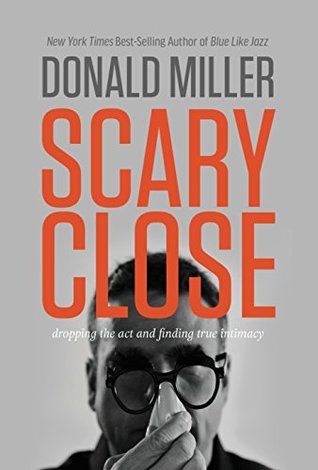More on this book
Community
Kindle Notes & Highlights
all the people I’ve met who’ve really changed from unhealthy to healthy have a story, a story about hitting bottom, realizing what they were doing wrong, and radically changing the way they live so they don’t repeat their mistakes.
He said half the battle to healing the soul was finding a safe place where people could tell the truth about who they were. He said the best place a person could learn that was within the family structure, even as early as childhood. He sent over an article from the New York Times that summarized the findings of a couple of psychologists on this issue.
His wife, Sara, a psychologist who works with children with learning disabilities noticed something about her students: “The ones who know a lot about their families tend to do better when they face challenges.” The article went on to explain that “the more children knew about their family history, the stronger their sense of control over their lives, the higher their self-esteem and the more successfully they believed their families functioned.” In fact, the “How much do you know about your family?” scale turned out to be the best single predictor of children’s emotional health and happiness.
Frankl went on to say it wasn’t pleasure mankind was looking for, that men only sought pleasure when they couldn’t find meaning. If a man has no sense of meaning, Frankl argued, he will numb himself with pleasure.
His prescription to experience a deep sense of meaning, then, was remarkably pragmatic. He had three recommendations: 1. Have a project to work on, some reason to get out of bed in the morning and preferably something that serves other people. 2. Have a redemptive perspective on life’s challenges. That is, when something difficult happens, recognize the ways that difficulty also serves you. 3. Share your life with a person or people who love you unconditionally.
Regarding the middle pillow, the question to ask is, “What do I want in a relationship?” If the pillow you two step on together works, that’s great. If not, move on or simply explain what you’d like life to feel like in the middle pillow and see if the other person wants that kind of relationship too. But never, she said, ever try to change each other. Know who you are and know what you want in a relationship, and give people the freedom to be themselves.
I realized what was going on when I read a book called Getting the Love You Want by Dr. Harville Hendrix. It’s a more clinical book than its title suggests, but Hendrix’ theory struck home. Essentially he argues that on a subconscious level we are drawn to the negative characteristics of our primary caretakers. What he means is that when we were children we had parents and older siblings and grandparents and perhaps even teachers with whom we associated our basic needs for survival. In other words, if we didn’t please our parents and grandparents, our food, shelter, and love were under threat.
...more


